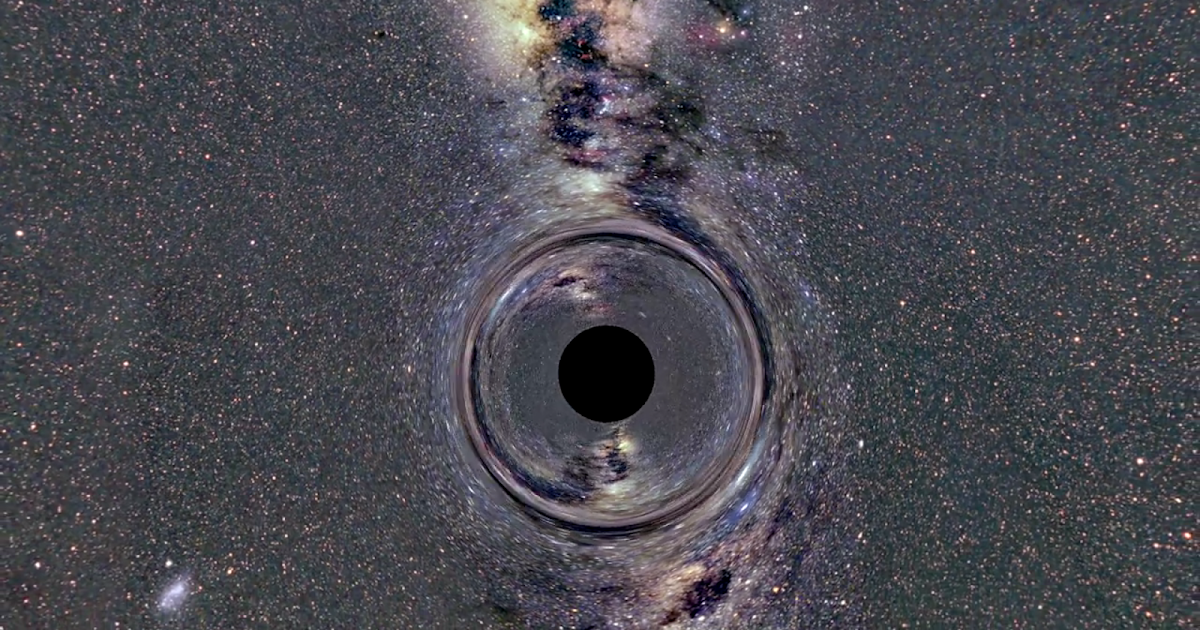

The Milky Way is dominant the Leo I black hole is almost comparable.” In a statement, UT astronomer Karl Gebhardt, co-author of the paper, was quoted as saying by SciTechDaily, “You have a very small galaxy that is falling into the Milky Way, and its black hole is about as massive as the Milky Way’s.” Gebhardt added, “The mass ratio is absolutely huge. The black hole has a mass of roughly 3.3 million solar masses, or around 16% of the galaxy’s total mass. The falling clock also becomes continuously redder, since its light loses. The galaxy’s mass is approximately 20 million times that of the Sun. Information, virtual journeys, and simulations about black holes from the. The newly discovered black hole – named Leo I – is around the same size as the Milky Way’s suspected black hole. Meanwhile, earlier, the McDonald Observatory at The University of Texas, Austin detected an unusually big black hole at the centre of one of the Milky Way’s dwarf satellite galaxies.


In most of these systems, a stream of matter from the star forms an accretion disk around the black hole,” read the caption. “Star colors ranging from blue-white to reddish represent temperatures from 5 times hotter to 45% cooler than our Sun. The caption states that the view of each system reflects how we see it from Earth. NASA also shared another visualisation on YouTube which is a compilation of 22 X-ray binary systems. One person wrote, “Bruh i watched it for too long and got pulled in now I’m in another universe where hitler is a good guy and Gandhi tried to nuke the whole planet.” Another person wrote, “I’m ready to get pulled in send me to a different reality.” Stunned by the video, netizens took to the comment section. Since being uploaded, it has managed to gather a total of 3,942,491 views. A post shared by NASA video was first shared in September 2019 after scientists with the Event Horizon Telescope released the first actual image of a black hole and its shadow.


 0 kommentar(er)
0 kommentar(er)
